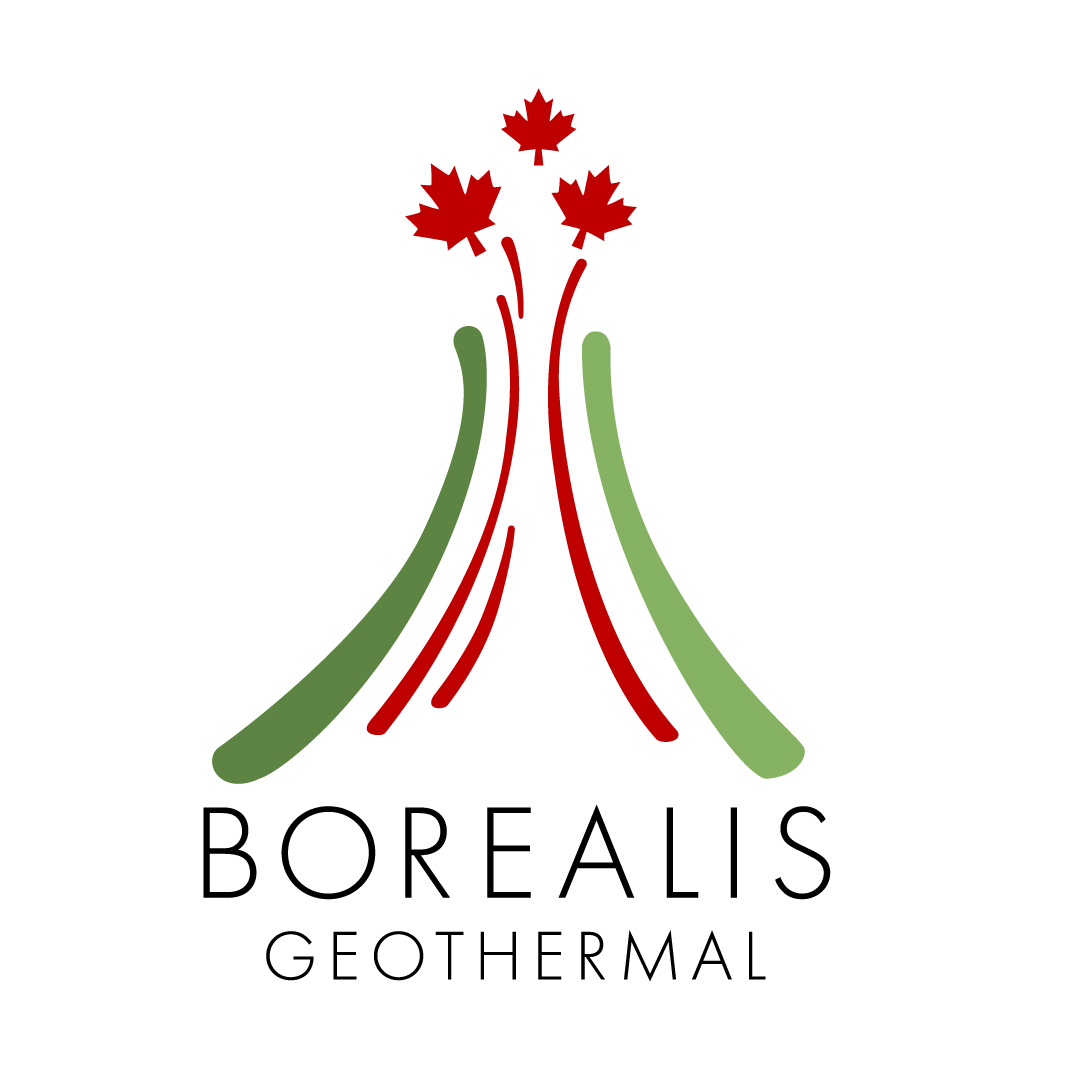About Me

As a software engineering student at the University of Calgary, I have gained a strong foundation in the principles and practices of software development. I am dedicated to staying current with the latest technologies and trends in the field, and I am always eager to learn more about new tools and techniques. My strong work ethic and attention to detail have enabled me to consistently deliver high-quality work, and I am able to balance multiple projects and priorities effectively.
One of my greatest strengths is my ability to work well in a team. I believe that collaboration and communication are essential to the success of any project, and I am always willing to lend my expertise and support to my peers. I am also able to work independently and take initiative when necessary, making me a valuable asset to any team.
In addition to my technical skills, I am also a punctual and reliable individual who takes great pride in the work that I do. I am committed to meeting deadlines and delivering results, and I am always willing to go the extra mile to ensure that my work is of the highest quality.
I am excited to continue my education and develop my skills in the field of software engineering. I am determined to make a positive impact in the industry and I believe that my passion for this field, combined with my strong work ethic, attention to detail and ability to work well in a team, will enable me to do just that.














